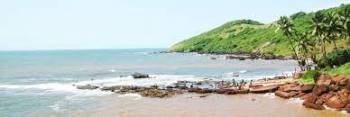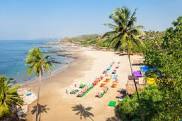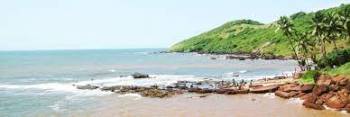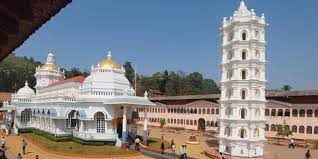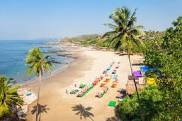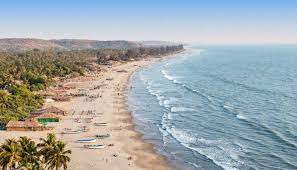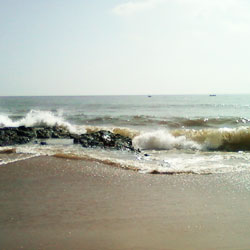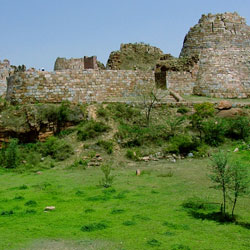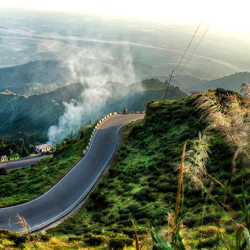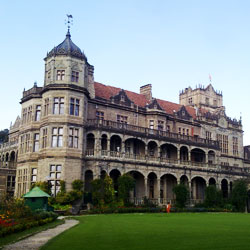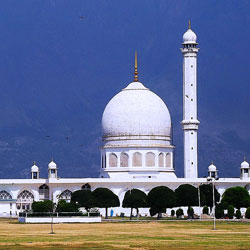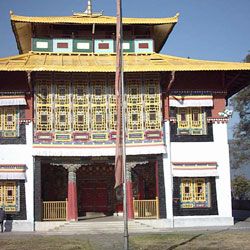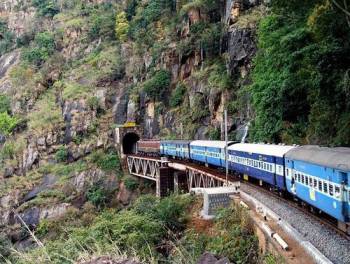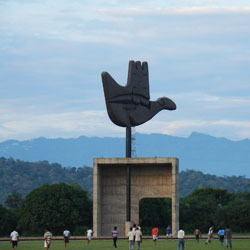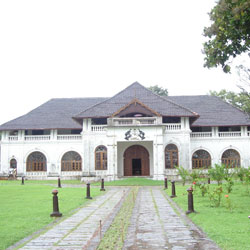-
ushodayatoursandtravels@gmail.com -
+91-7780301631, 9246666800, 9490076312 - Send SMS
- Send Email
- GST No. 37ATKPK3473G1ZG
Duration : 3 Nights / 4 Days
Destination Covered : North Goa, South Goa
Tour Activities : Beaches Sightseeing
Tour Themes : Day & Weekend Tours, Adventure Tours, Spa / Wellness, Beaches and Islands
12500
Per Person
North Goa and South Goa Tour Overview
The state of Goa, in India, is famous for its beaches and places of worship. Tourism is its primary industry, and is generally focused on the coastal areas of Goa, with decreased tourist activity inland. Goa has a rich and varied history. It was a part of the Mauryan Empire in the 3rd century BC, followed by the rule of the Satvahanas of Kolhapur and the Bhojas who made Chandor their capital. From 580 – 750 AD the Chalukyas of Badami held sway over Goa until the Silharas took control in 1086 AD.Gulhalla Deva of the Kadambas, originally from Mysore, consolidated his hold over Chandor in the 11th century AD until the 13th century AD. As their kingdom prospered, the Kadamba rulers built a navy that was unbeatable in its time. Chandor their capital was now too small. They then moved to Goa Velha, where only the massive tank of the temple of Goddess Chamunda remains today. The Fr. Agnel monastery on the hill at Pilar houses a museum that has notable collections of this period.
The State Museum at Panaji has an extensive collection of artifacts from different periods of Goa’s history. A smaller museum in Old Goa on Christian Art also displays a distinctive selection.Jayakeshi-I during the period 1052-1080 AD proclaimed himself Lord of the Konkan and Emperor of the Western Seas. On his death Goa fell to the Chalukyas of Kalyani and later to the Yadavas of Devgiri.Muslims held sway from 1312-1370 AD over the Konkan region. However, with the breakup of the Tughlaq Kingdom, it was the Bhamani Sultans who then controlled Goa.Madhav Mantri, who headed the army of Harihara of Vijaynagar, reclaimed and ruled Goa as its Viceroy. In 1469 the Bahamani Vizier Khwaja Mohammed Gawan of Gulbarga laid a two-year siege of Goa’s seaside forts and ended Vijayanagar’s rule.
Yusuf Adil Shah, the adopted son of Gawan, moved his capital to Ela in Old Goa in 1498. He later built himself a palace in Panaji which until recently housed the State Secretariat. His rule lasted 12 years.Blessed as it is by natural harbours and wide rivers, Goa was the ideal base for the seafaring Portuguese, who arrived in 1510 aiming to control the spice route from the East.On 25 November, 1510 Yusuf Adil Shah lost Goa for good to Afonso de Albuquerque, a Portuguese who had taken the city earlier in March that year. Jesuit missionaries led by St Francis Xavier arrived in 1542. For a while, Portuguese control was limited to a small area around Old Goa, but by the middle of the 16th century it had expanded to include the provinces of Bardez and Salcete. The Portuguese ruled for 450 years.
The Marathas (the central Indian people who controlled much of India at various points in time) almost vanquished the Portuguese in the late 18th century, and there was a brief occupation by the British during the Napoleonic Wars in Europe. However, it was not until 1961, when the Indian army marched into Goa, that Portuguese occupation finally came to its end on the subcontinent.On 19 December 1961, the Indian Army liberated Goa from Portuguese rule, the culmination of the efforts of scores of freedom fighters, both Hindu and Christian. Thereafter Goa remained a Union Territory administered from New Delhi till it attained Statehood on May 30, 1987. In August 1992, Konkani, the mother tongue of most Goans was granted official language status under the Indian Constitution.
A Secular State
The multi-religious fabric of Goa’s society shines brightly, imbibed with the spirit of “Sarva Dharma, Sama Bhava” or Equal Respect for all Religions.Goa abounds with famous churches and temples and a harmonious co-existence prevails between people of various faith. Irrespective of whether they are Catholic, Hindu or Muslim, many Goans prostrate in symbiotic reverence before deities of other faiths than the one they profess. Religion dwells in the hearts of Goans wherever in the world they may be.Today, Goa has one of India’s highest per-capita incomes, with farming, fishing, tourism and iron-ore mining forming the basis of its economy.
North Goa and South Goa Tour Itinerary
More Details about North Goa and South Goa Tour
Inclusions
- MAP (Room + Breakfast + Lunch/Dinner)
- Hotel
- Sightseeing
- Transfers
- Pickup-Drop
- Private Cab
- * welcome drink on arrival
- * 3 Star hotel accommodation
- * All transfers and sightseeing by ac Vehicle
- * Breakfast & Dinner
- * All tolls & parking fee
Exclusions
- • Entry Tickets
- • Any personal expenses
- • Transportation other than mention in itinerary
- • Meals other then mention in the itinerary
Payments Terms
- * 50% Advance Percentage of total booking amount
- * Airfare/Transport fare to be paid full at one time in advance.
Price & Rates
| No of pax | Age Limit | Price per pax (Rs) |
|---|---|---|
| No of pax Adult | Age Limit Above 12 years | Price per pax (Rs) INR 12500 / Adult |
Accommodation
| City | Hotel Name | Star Rating |
|---|---|---|
| City CALANGUTE | Hotel Name HOTEL GOLDEN SANDS | Star Rating 3 |
Cancellation & Refund Policy
- * Upon cancellation, refund will be made after deducting the Retention Amount.
- * Retention Amount varies as per the number of days left before your package start date.
- * Refund will be made within 15 working days from the date of receipt of the cancellation.
Packages by Theme
